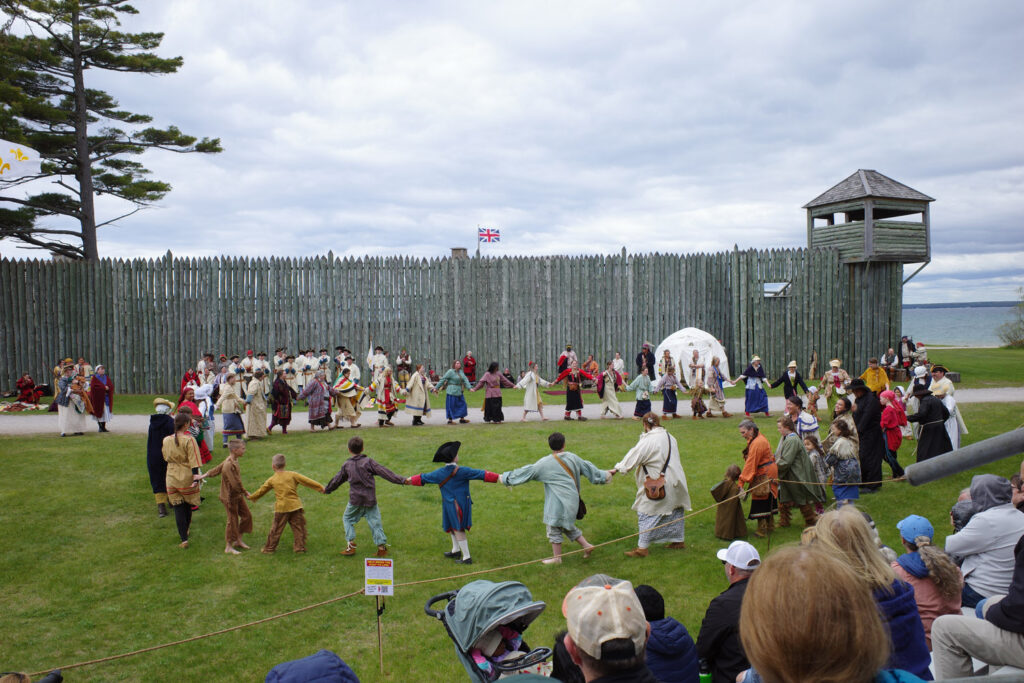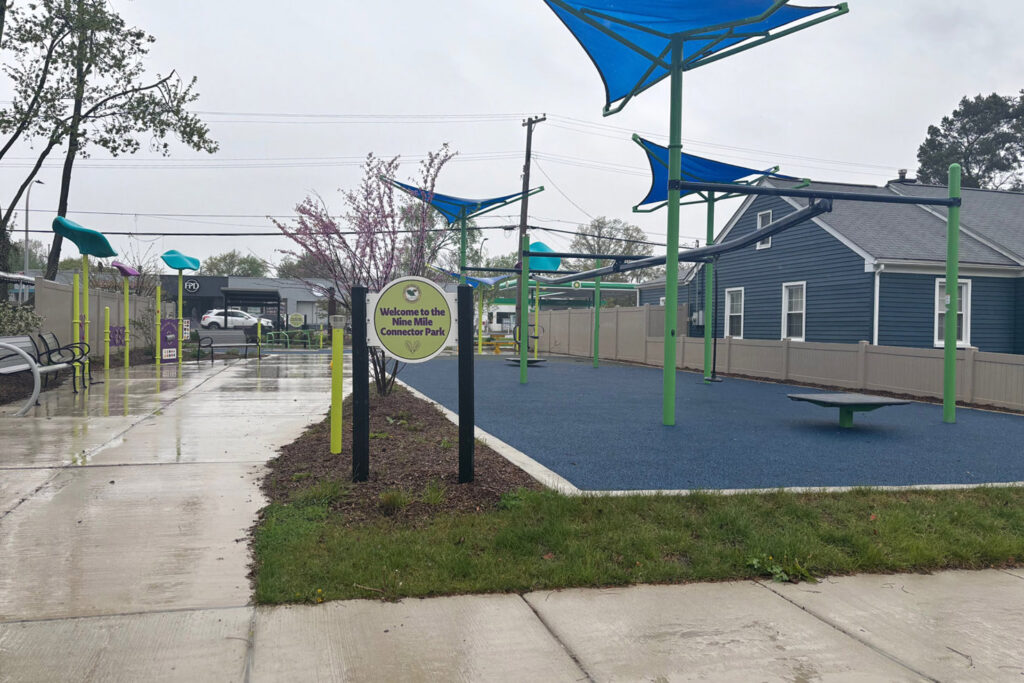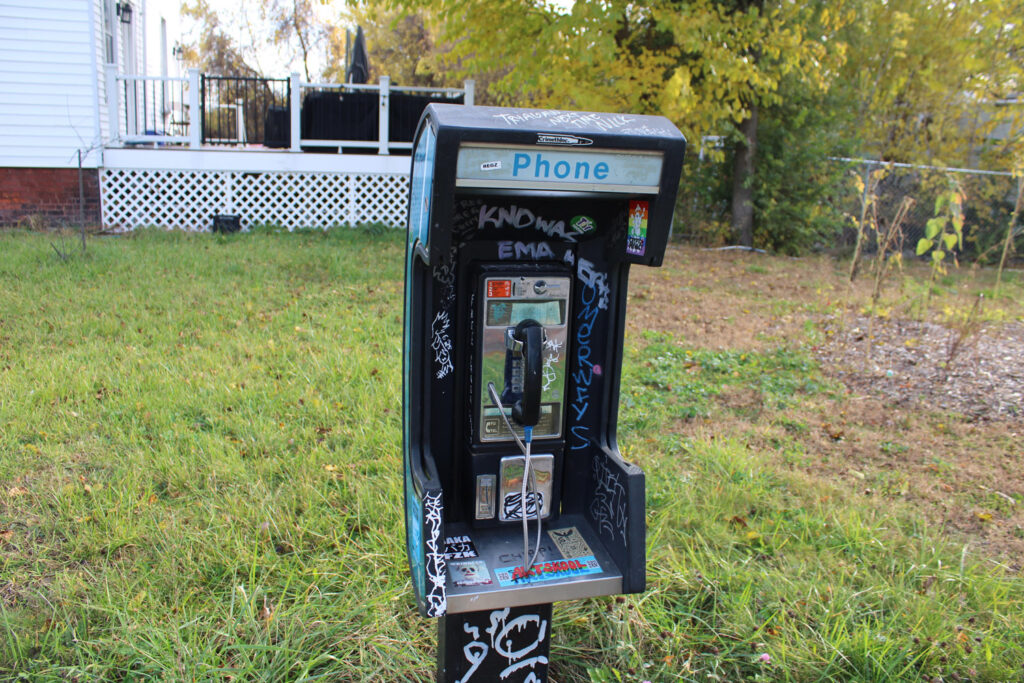Mackinaw City — Each Memorial Day weekend, volunteers gather at Fort Michilimackinac to reenact one of the most notable events in Michigan history. Men and women of all ages, kids, and even babies and dogs dress up to take part in the annual pageant.
The action transports us to another time—a time when Michigan was untamed wilderness, the Mackinac Bridge didn’t exist, and Mackinac Island was a sacred American Indian burial ground, not a bustling vacation spot.
The year was 1763. Just two years earlier, after victory in the French and Indian War, the English had taken control of Fort Michilimackinac from the French. Unhappy with the results of this power exchange, local Ojibwa organized a plan to take control of the garrison themselves.

On June 2, Ojibwa men and women arrived outside the fort to play a friendly game of baggataway (similar to lacrosse). This was not unusual. The French and English would often watch and place bets on the winner. They had no idea that this time the game served as cover for a close-range ambush.
As English soldiers looked on, Ojibwa women sat at the sidelines. No one thought it odd that they donned heavy wool shawls and blankets on such an unusually warm morning.
The ball went over the fort wall three times. The third time was the signal. Female Ojibwa uncovered stores of hidden weapons from their blankets. The men quickly took up knives, tomahawks, and spears. A surprise battle ensued. Twenty-seven British soldiers were killed.

Fur trader and explorer Alexander Henry was sitting inside the fort writing letters when he heard the Indian war cry. In an astonishing evolution of events, he would survive the entire ordeal and later write about what he witnessed: “I saw several of my countrymen fall, and more than one struggling between the knees of an Indian, who, holding him in this manner, scalped him while yet living.”
The assault was part of a larger American Indian uprising known as Pontiac’s War. Though several forts throughout the Great Lakes were successfully taken, efforts to oust the British from the entire region were ultimately unsuccessful.
The English eventually regained control of Fort Michilimackinac, later moving it to Mackinac Island and burning what remained. In the 1960s, however, the site was thoroughly excavated, and over 1 million artifacts were unearthed.
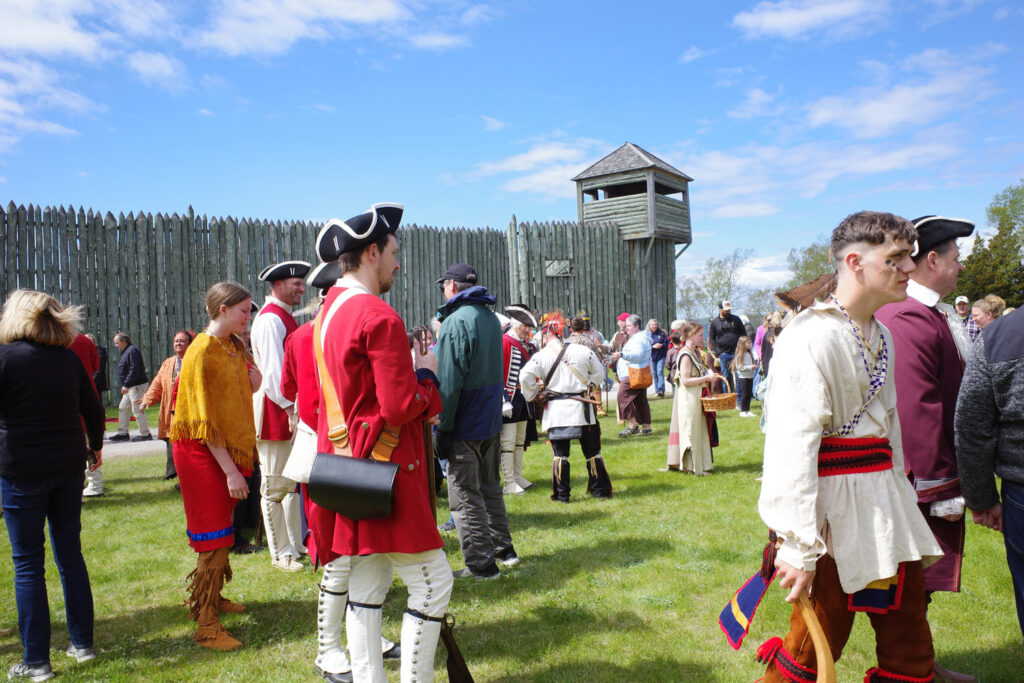
The fort now is a reconstruction, but it features many of the original structures, rebuilt in their original locations and restored. It’s an outstanding place to visit, welcoming to all ages. Historians and reenactors are on-site to guide visitors, musket and artillery firing demonstrations occur daily, and special events take place all summer.
This year’s pageant marks the 61st annual reenactment of the massacre at the fort. It is the longest-running, free Memorial Day historical performance in the U.S.
The volunteers, outfitted in period costume, represent French Canadians, English, and Ojibwa of the 18th century. Spectators sit on bleachers while an announcer narrates the events leading up to and including the assault.
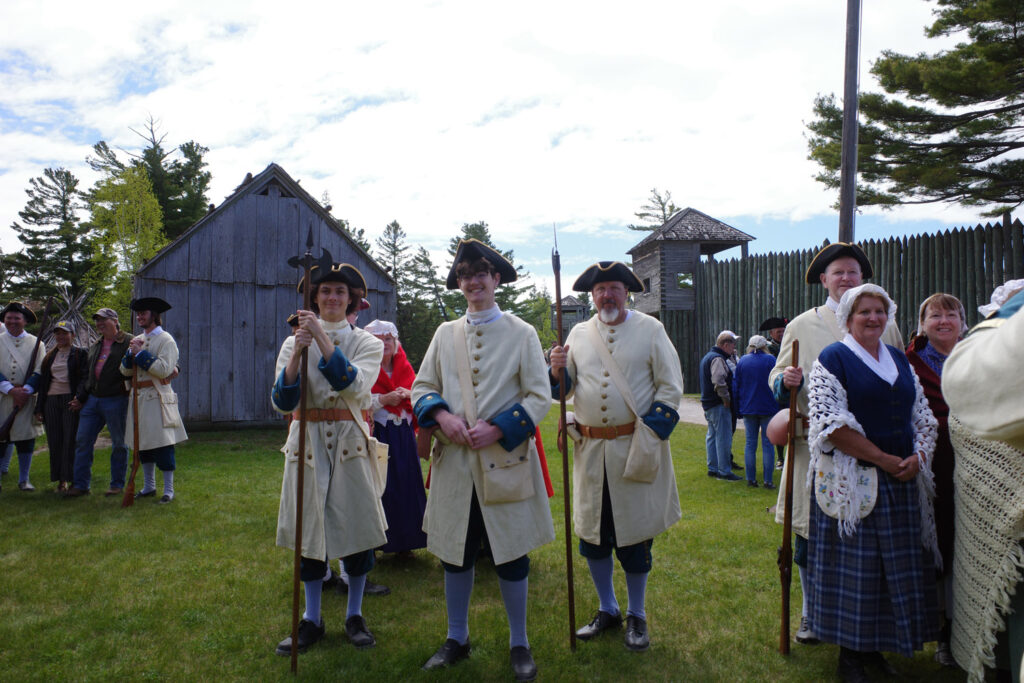
It’s easy to forget Michigan’s past when zipping up I-75 and crossing the straits by car. From the Mackinac Bridge, the little brown fort is easy to miss. What big event could’ve happened there?
But in the 1700s, this was the place: A mecca for traders and explorers from around the world. From Detroit, you’d travel many days just to see that wooden palisade rise against the skyline—to arrive at the straits: France’s “Gibraltar of the West,” as one midcentury newspaper called it.
We remember the Michigan of this time in the names we’ve given to towns and streets, companies and landmarks. Although Pontiac’s Rebellion never achieved its mission, a strong American Indian presence still lingers here.
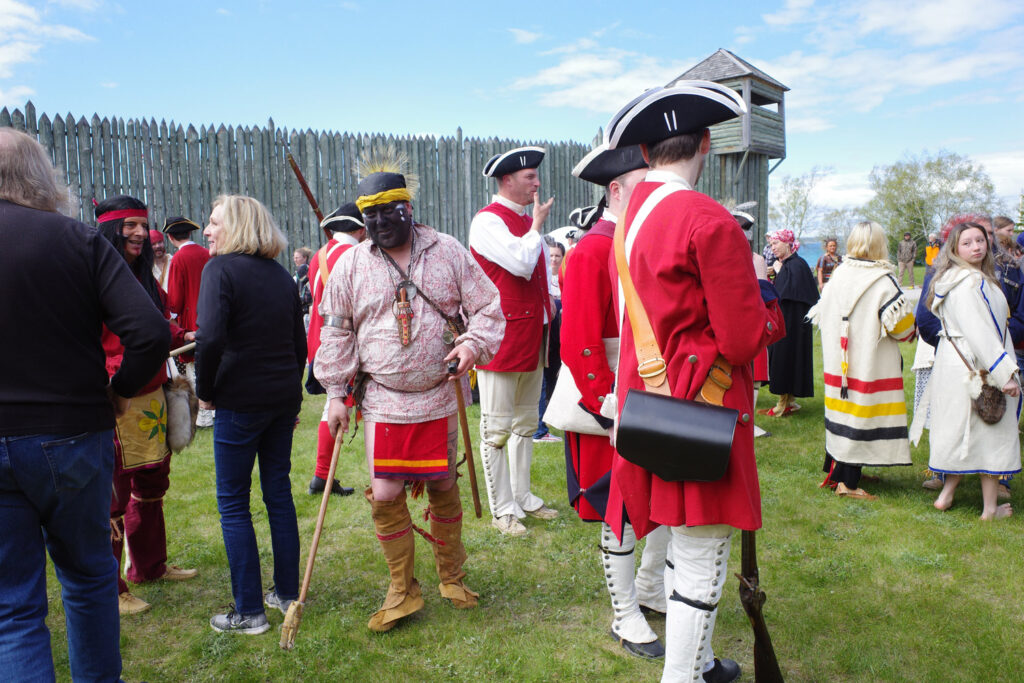
The city of Pontiac was of course named after Chief Pontiac, as was the former motor division of General Motors. Michigan itself was derived from “Michigama,” meaning “large” or “great lake.” Just outside Fort Michilimackinac, Nicolet Street harkens back to French occupancy of the land and one of the region’s first explorers, Jean Nicolet.
At the end of the re-enactment, as those playing Englishmen lay motionless in feigned death on the field, the announcer’s voice rang out over the fort: “History is always happening. It’s happening now.”
Indeed; though, this is something that’s hard to internalize.
Few of us truly believe our lives could one day be part of a history lesson, let alone a reenactment. It’s too absurd, comical even, to imagine someone walking through reconstructed setups of our average 21st-century homes.
Yet, here we are doing just that for those who lived here before us. We relive their lives not just to explain the past, but to honor their impact on Michigan’s early history—and to ensure future generations know their story.
Faye Root is a writer and a homeschooling mother based in Northern Michigan. Follow her on X @littlebayschool.
